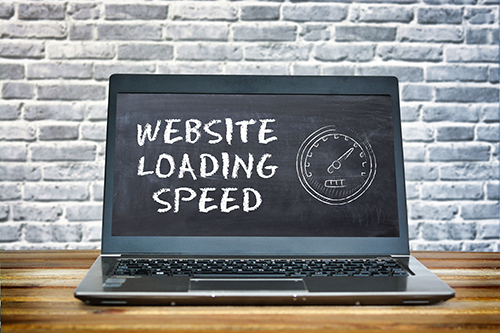
Is your website suffering from slow loading speeds? Do you feel like your website visitors are getting impatient and leaving your website too soon? Slow loading speeds frustrate website visitors and affect your search engine ranking. Google has confirmed that website speed is crucial for its ranking algorithm.
Slow loading speeds can hurt your website’s online visibility. Let’s look at how to fix slow loading speeds on your website, even if you have little technical knowledge.
Diagnose the Problem
Before you can fix a slow website, you need to understand the underlying problem. Use online tools like PageSpeed Insights, GTmetrix, or Pingdom to analyze your website’s loading speed and identify the factors slowing down your website. Factors could include large images or videos, unoptimized JavaScript or CSS, server location, and more.
Optimize Your Images
Large images are one of the major culprits of slow website loading times. Ensure your website images are in an appropriate resolution and file size. Avoid using high-resolution images that don’t add much value to your website. Use image optimization tools like Imagify or ShortPixel to compress your images without sacrificing quality.
Enable Browser Caching
Browser caching allows your website visitors’ browsers to store your website files on their devices, making future visits faster. You can enable browser caching by adding headers to your website’s HTTP response. It may sound daunting, but most website platforms, including WordPress, have caching plugins to help you enable browser caching.
Minimize HTTP Requests
Every time your website visitors open a page, their browser sends an HTTP request to your server to fetch your website files. The more HTTP requests your website generates, the slower it loads. To minimize HTTP requests, combine multiple files, such as JavaScript or CSS, into one file and use inline scripts.
Use a Content Delivery Network (CDN)
A CDN is a network of servers distributed worldwide that store your website files and deliver them to your website visitors from the server closest to their location. A CDN can significantly reduce your website’s loading time, especially for visitors from distant locations. Cloudflare is a popular CDN that offers free and paid plans.
Don’t let slow loading speeds hurt your website’s online visibility and frustrate visitors. Use the tips mentioned in this blog post to diagnose and fix the problem. Slow loading speeds are just one of the common technical issues you might face with your website. Regularly monitor it and take the necessary measures to keep your website running smoothly.

